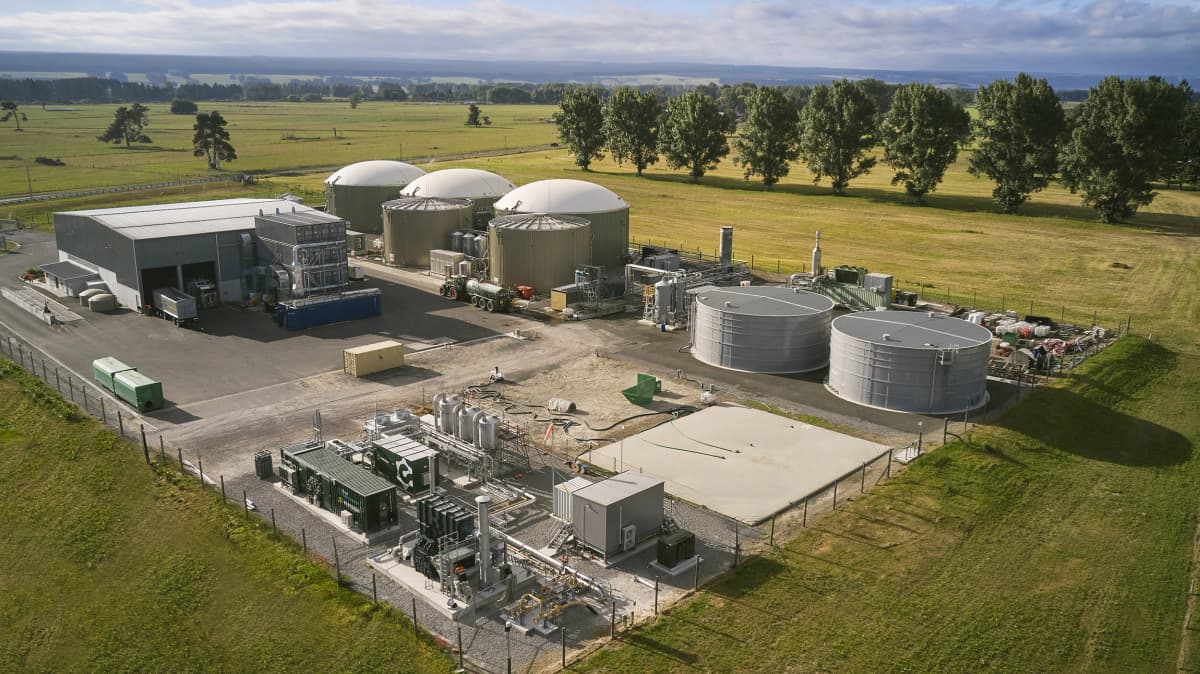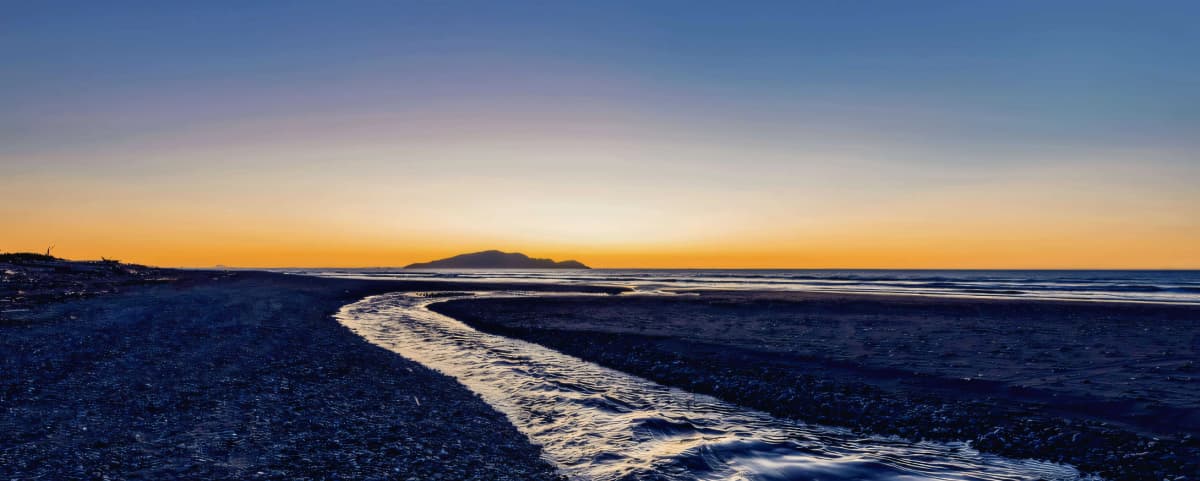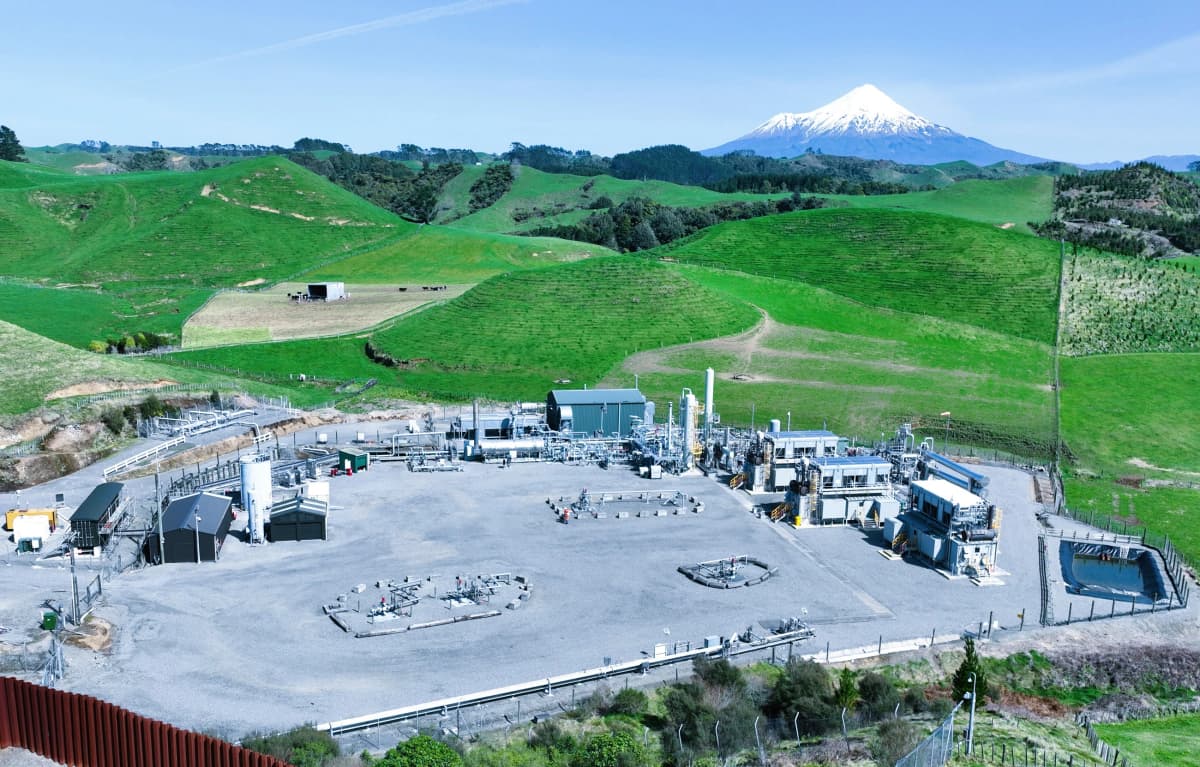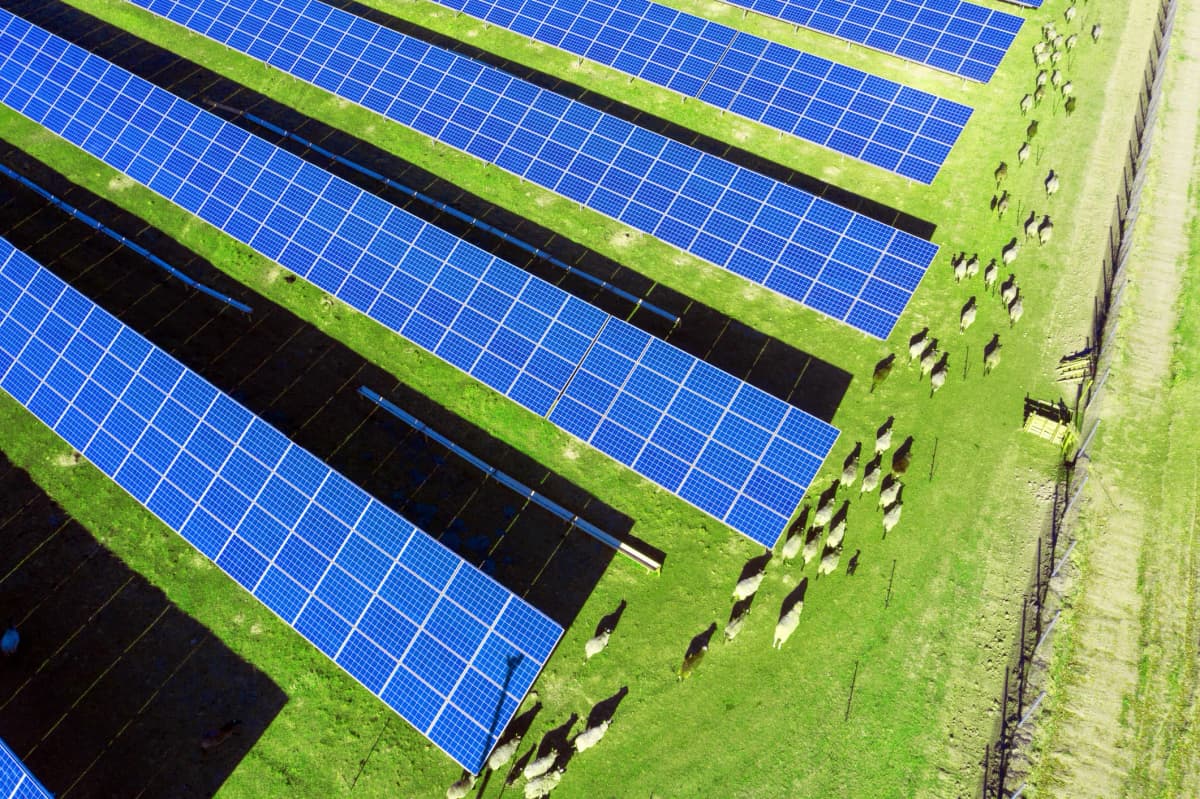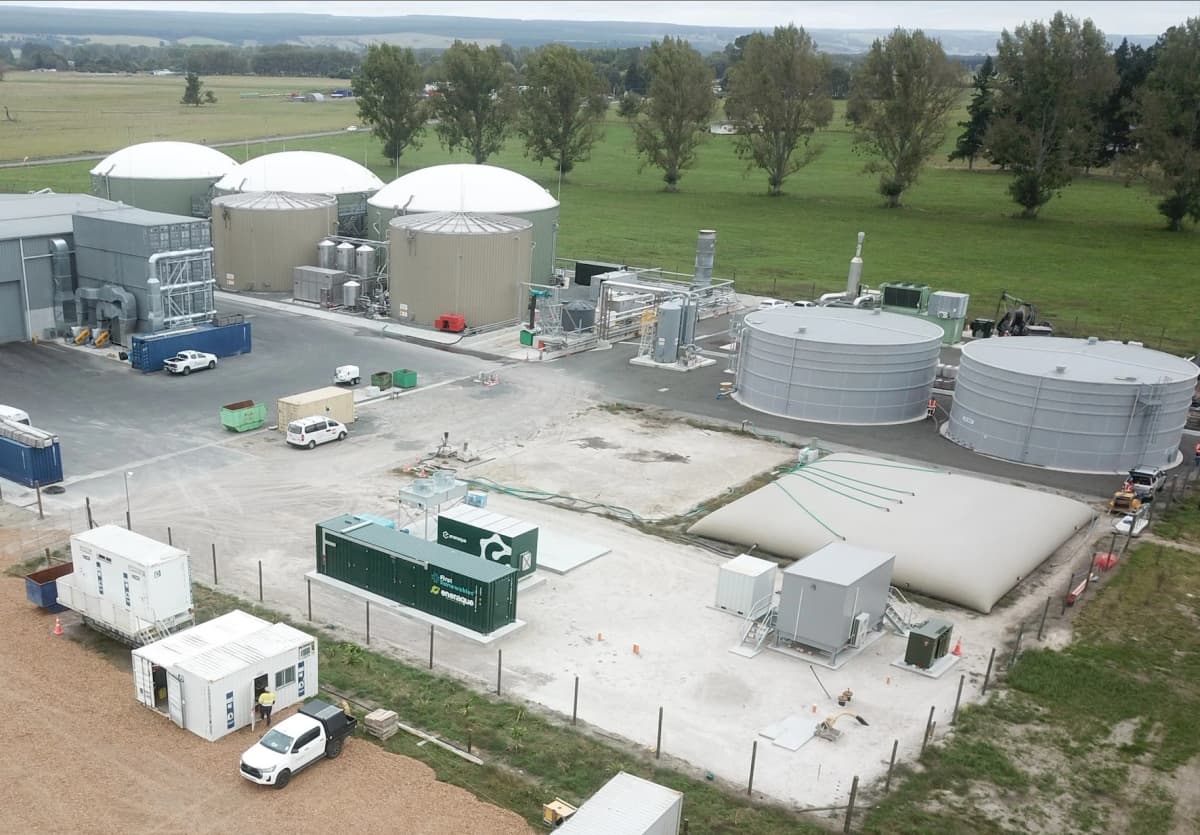Energy is changing, and Clarus is right behind the transition. You’re in the right place if you want to know how one of the country’s largest energy groups is innovating, investing in and implementing renewable gas and solar technology to help us move to a lower emission energy system.

Sourced: Clarus
Proudly powering Kiwis, now and into the future.

Sourced: Clarus
New Zealand’s largest solar farm is coming.
In a major step toward a cleaner energy future, Harmony Energy Limited, in partnership with First Renewables Limited, is bringing New Zealand its largest solar farm, Tauhei Solar Farm.
Construction begins in 2025, with commissioning expected by late 2026. Located on 182 hectares near Te Aroha in the North Island, this 202 MWp solar installation will produce 280 GWh of renewable electricity each year, enough to power around 35,000 homes.
This project marks a successful joint venture launched in January 2024, now reaching full investment approval and financial close. It’s a powerful commitment to New Zealand’s low-emissions future, delivering clean, reliable energy at scale.
We’re proud to power our regions and keep Kiwi lives and businesses energised, now and into the future.
We’re proud to power our regions and keep Kiwi lives and businesses energised, now and into the future.

Sourced: Clarus
Renewable gas
Thousands of Kiwis love the benefits and efficiency that gas provides, from instant heat and precision cooking to endless hot water and a toasty warm home. To help ensure this continues into the future, Clarus company, First Renewables, has partnered with Ecogas to launch New Zealand’s first plant capable of upgrading biogas into biomethane, a renewable gas.
The new facility has already started transforming biogas into biomethane. Early estimates show it can supply enough renewable gas to power up to 7,200 homes, while reducing CO₂ emissions by 11,000 tonnes per year*. Even better, because biomethane is chemically identical to natural gas, no changes are needed for existing gas appliances.
While renewable gases are still developing and not yet widely accessible in New Zealand, it’s reassuring to know that the work we’re doing today is already making a difference now and has growing potential in the future as we transition our networks to lower carbon gases.
*7,200 houses at an average residential gas demand of 22GJ p.a. = 160TJ p.a. (estimated annual biomethane injected at Broadlands).

Hydrogen blending to be piloted.
Hydrogen is a cleaner alternative to natural gas. It can be produced by electrolysis, which is the process of using electricity to split water into hydrogen and oxygen. If the electricity is generated using renewable resources like wind and solar, then the process creates no new carbon emissions, and the hydrogen produced is ‘green’ hydrogen. That’s why we’re working on a project to blend a small amount of hydrogen with natural gas in our Firstgas pipeline network.

Sourced: Clarus
Energy is what we do, but it’s people we do it for.
This could not be more relevant given the extreme circumstances our Firstlight Network team has powered through over the past two years to keep their communities connected. As the lines company for Tairāwhiti and Wairoa, Firstlight Network’s Community Connectedness Programme is about not only keeping the power on and restoring it when the lights go out, but strengthening connectedness with people and the environment, and working with other regional stakeholders on energy initiatives that can help balance supply security, enable decarbonisation and maintain energy affordability now and into the future.





